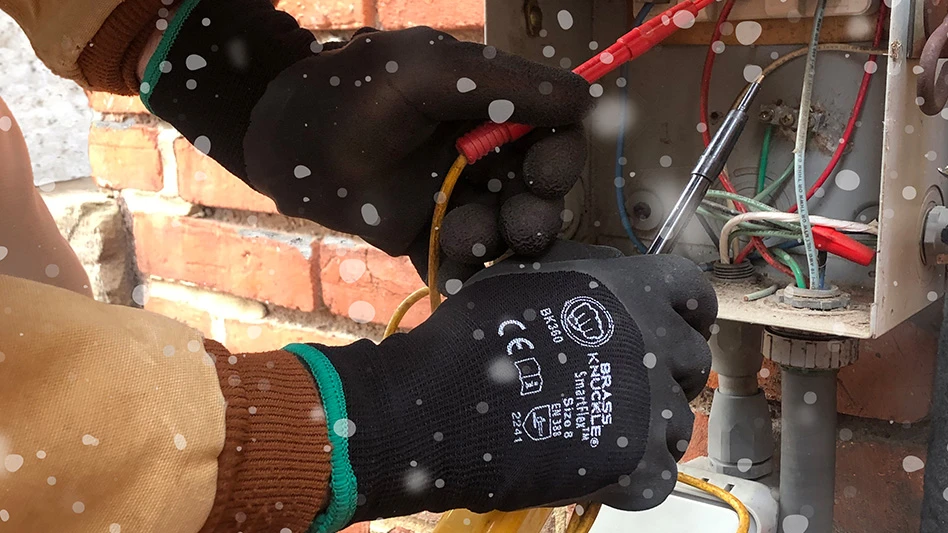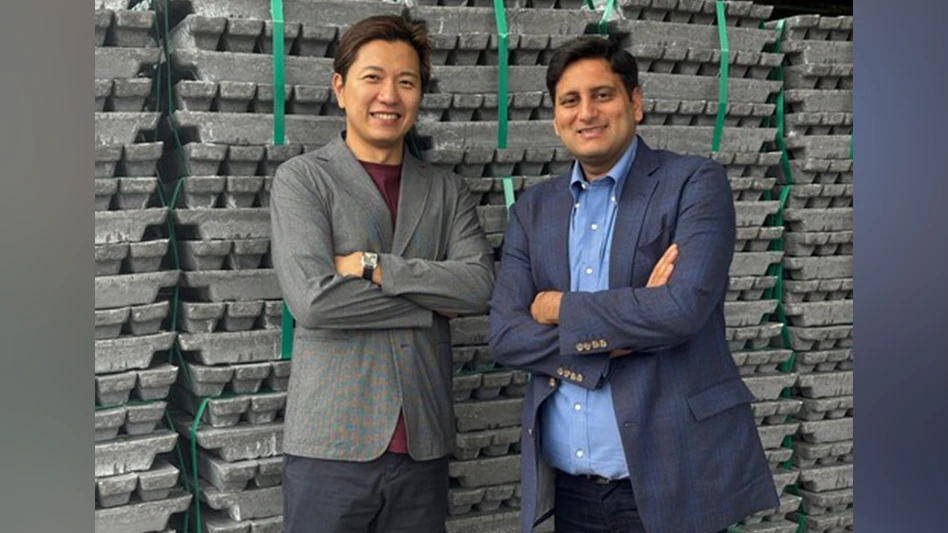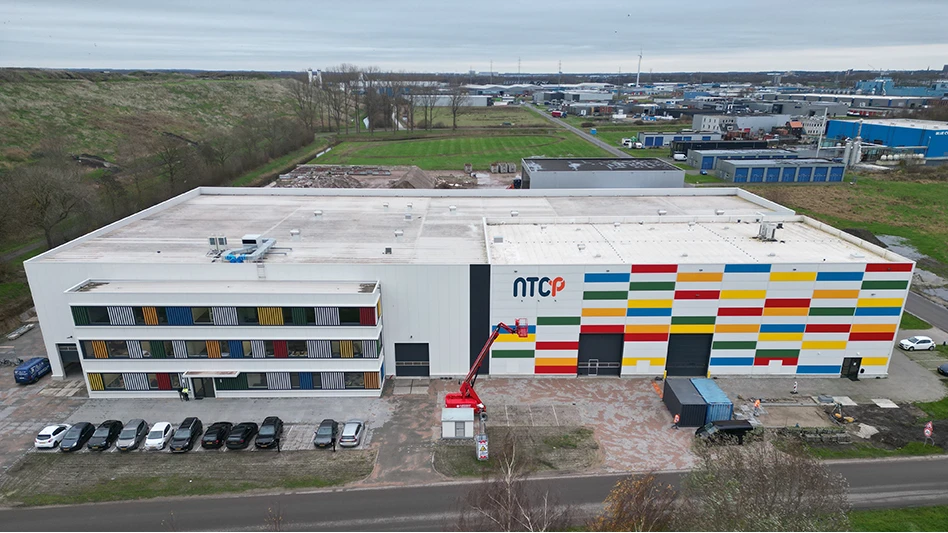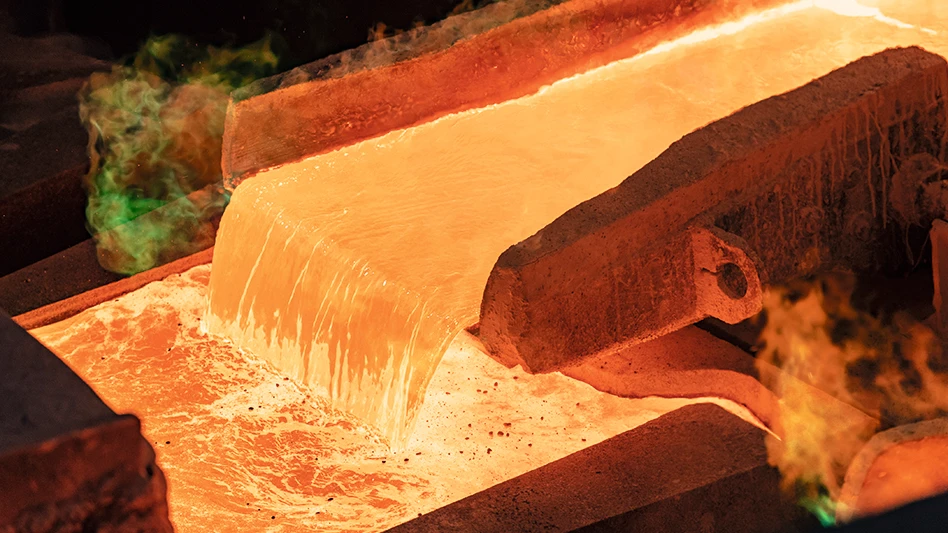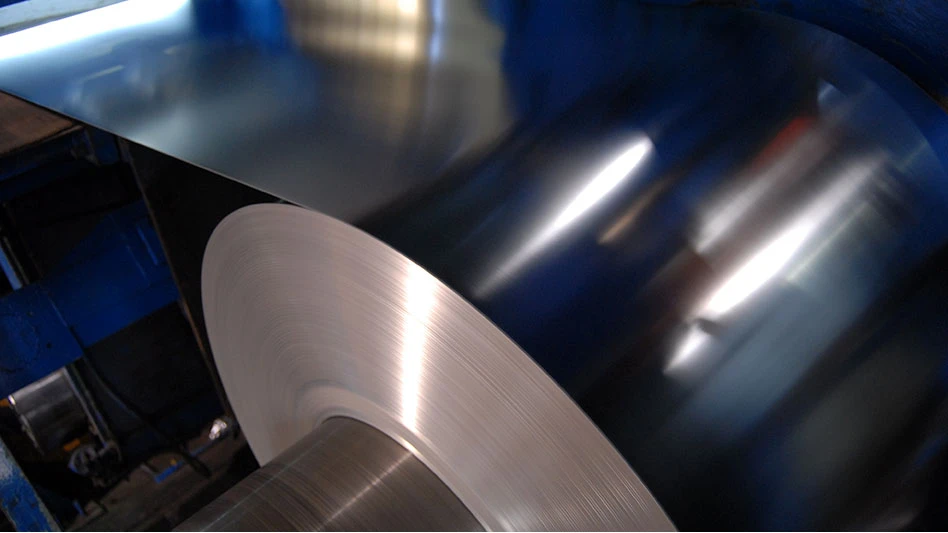 Two conferences co-hosted by the Recycling Today Media Group and Waste & Recycling Middle East find a great deal of optimism about the growth prospects for many recyclables in the Middle East. Nearly 400 recycling industry professionals gathered for the back-to-back conferences held in Dubai.
Two conferences co-hosted by the Recycling Today Media Group and Waste & Recycling Middle East find a great deal of optimism about the growth prospects for many recyclables in the Middle East. Nearly 400 recycling industry professionals gathered for the back-to-back conferences held in Dubai.
The Second Annual 2013 Paper & Plastics Recycling Conference Middle East, held March 3-5, touched on some of the most pressing topics for companies involved in the paper recycling industry in the Middle East, especially the Gulf States.
Following up on that event, from March 5-7, the Middle East Metals Recycling Conference, also co-hosted by the Recycling Today Media Group and Waste & Recycling Middle East, was held. Both trade shows took place at the Hyatt Regency Dubai.
In addition to the hosting organizations, the conferences were supported by prominent corporations and industry associations in the region, including the Bureau of Middle East Recyclers (BMR), Sharif Metals Group, WARAQ Arab Paper Manufacturing Co., Gemini Corp., the Lucky Group, AnM Group, America Chung Nam, The Environment Exchange and WASCO (Waste Collection & Recycling Co. Ltd.).
The five days of programming and networking receptions yielded a bounty of information and considerable opportunities for attendees to strengthen existing trading relationships and create new ones.
Demonstrating Resilience
The word “emerging” is not often attached to the paper industry in the developed world, but delegates at the 2013 Paper & Plastics Recycling Conference Middle East learned that there are still paper-related growth opportunities in that part of the world.
At the “Resilient Fibre” plenary session, moderator Atul Kaul, director of pulp and paper at WARAQ Arab Paper Manufacturing Co., based in Saudi Arabia, said the overall paper recycling rate in the region may be just 30 percent. Although “incremental collection grows with incremental costs,” according to Kaul.
Presenter Richard Ellis, manager of operations at Saudi Paper Manufacturing Co. (SPMC), Damman, Saudi Arabia, said paper makers in Saudi Arabia face many challenges, including procuring recovered fiber, dealing with protectionist trade laws and treaties, securing adequate utility services, making adequate port arrangements and bringing in talented and knowledgeable technicians from vendors.
Nonetheless, Ellis said Saudi Paper has made great strides and is now collecting around 450,000 metric tons of recovered fiber, including 200,000 tons of old corrugated containers (OCC), 150,000 tons of office paper and 100,000 tons of old newspapers (ONP).
The tissue producer also is looking to increase its annual production capacity from 125,000 tons per year to 185,000 tons, said Ellis.
Obeikan Paper Industries Co., a packaging paper manufacturing company also based in Saudi Arabia, is expanding so it will soon produce 250,000 tons per year of duplex board at its mill in Riyadh, according to Obeikan’s Mohammed Ahmed Al-Mowkley.
Both Ellis and Al-Mowkley noted that fiber generated within the Middle East can contain significant amounts of sand and dust. While this harms yield, Al-Mowkley said that “technology selection” at the screening and pulping stage can still render this scrap paper usable.
Technology selection can also “maximize our flexibility,” said Al-Mowkley, meaning Obeikan can use brown grades, white grades or mixed paper as feedstock.
Presenter PK Mukundan of the Indian Agro & Recycled Paper Mills Association said his Delhi-based organization represents “75 percent of Indian paper production.”
He said the Indian paper industry consists of some 850 paper mills that consume about 12.5 million metric tons per year of recovered fiber. Currently, recycled-content market share is 49 percent of India’s paper production, up from 30 percent in 2000, according to Mukundan.
Regarding scrap paper collection in India, Mukundan maintained there is plenty of room to grow, as just 27 percent of discarded paper is collected in a way that will send it to a domestic mill. The remainder, he noted, is often used as wrapping paper or packaging.
Whether that 27 percent figure is ultimately accurate can be difficult to ascertain, Mukundan acknowledged, because some 95 percent of scrap paper is collected in an “unorganized” system that does not Involve recycling centers or plants.
A session titled “Plastics Connections” looked at the opportunities for plastics recycling in the Middle East. The session, chaired by Surendra Borad, CEO of Gemini Corp., addressed the then new restrictions imposed by China, as well as general trends taking place in the plastics recycling industry.
Following a discussion by Borad, Ala Al Sharif, the founder of Green Kingdom, a Saudi Arabia-based plastics recycling company, provided a comprehensive look at the plastics recycling industry in the Middle East. Although the recycling rate is small, Sharif says that there are great opportunities to grow the business.
Following up on Sharif’s presentation, Intikhab Alam, head of marketing for the consumer products firm Masafi Co. LLC, discussed the steps his company has taken to boost the use of recycled plastics in its various products.
Strong Ferrous Future
In a session on ferrous markets, titled “Steel’s Sustainable Future,” a number of experts discussed the changing dynamics of the commodity.
Speaking at the session, Serhat Babac of Turkey-based information company SteelOrbis (editors note: Mr. Babac has since left the company), said the nation’s steel mills, which provide the beams and shapes that form the spine of a major building boom in the Persian Gulf region, make up the largest single import market for ferrous scrap leaving other nations. Turkey enjoys a reputation as the world’s largest importer of ferrous scrap, but the nation’s steelmakers are likely to face competition for the secondary commodity.
Babac said mills in Turkey likely would continue to need scrap from North America in 2013. In part, scrap sent from North America is making up for the diminishing amount leaving the former Soviet Union, where scrap exports are tightly controlled; and the European Union, whose economy is generating scrap at even lower levels than North America’s.
Babac added that the trend will continue as SteelOrbis foresees that the Black Sea region “will decline even more” as a scrap source, owing to a combination of a depleted scrap reservoir and export tariffs that will tighten supplies from Russia and its neighbors.
Presenter Scott Newell of The Shredder Co. LLC, an equipment maker based in the United States, noted that 30 auto shredders now are installed in China and predicted it will only take a few years before the shredder population in that country reaches 100.
The shredder increase, he noted, is indicative of a larger stream of end-of-life cars and appliances that not only will produce ferrous scrap but also additional nonferrous flows. China also has an expanding network of more than 70 licensed electronic scrap shredding facilities, which likewise will yield more red metal scrap from the post-consumer sector.
Newell also provided results of a test The Shredder Co. was part of at an electric arc furnace (EAF) steel mill in Ecuador. Results from that test found that by using 80 percent ferrous shred, the mill was able to reduce its “tap-to-tap” production time from 67 minutes to 40 minutes.
 This gain in production speed turned the mill from a 14,000-tons-per-month mill into a 26,000-tons-per-month mill while also decreasing power usage at the EAF mill. “The use of shredded scrap has saved $35 to $40 per ton in power, electrodes and [melting] additives,” says Newell.
This gain in production speed turned the mill from a 14,000-tons-per-month mill into a 26,000-tons-per-month mill while also decreasing power usage at the EAF mill. “The use of shredded scrap has saved $35 to $40 per ton in power, electrodes and [melting] additives,” says Newell.
Newell predicted results like these will help convince more steelmakers that the EAF process fed with ferrous shred is a viable way to compete in the future. He says the advantages of the feedstock include high yield, good density, no electrode breakage, less air pollution or emissions and reduced “tap-to-tap” time in the steelmaking process.
Aluminium on the Move
During the conference’s session on aluminium, speakers from Novelis, Metals Exchange Corp. and Sharif Metals discussed trends affecting that market.
In her presentation, MEC Metal Exchange International GmbH’s Regina Crespo said there is a noticeable shift in aluminium scrap flow patterns. Aluminium scrap demand has grown the fastest in China during the last decade, whereas U.S. and European domestic consumption has been stable, Crespo pointed out. “Between 2000 and 2011 total exports (of aluminium scrap) from Europe increased by 147 percent, whereas total exports from North America increased by 528 percent.”
As the largest consumer of aluminium scrap, Crespo said China’s demand today is nearly six times higher than 10 years ago. Its import volumes have increased from 447,000 tons in 2002 to 2.59 million tons in 2012
The main suppliers of aluminium scrap to China are North America, 68 percent; Europe, 18 percent; and other Asian countries, 8 percent.
Within China, Crespo predicted more regulations will create greater challenges for smaller secondary smelters there, which struggle to compete with government-supported mid-size and large smelters.
As for the Middle East, Crespo said the aluminium scrap and recycling market in the Gulf Cooperation Council (GCC) nations was estimated at 292,000 tonnes in 2010. This figure is expected to grow to nearly 600,000 tonnes by 2017, an annual growth rate of 10.6 percent.
Salam Sharif, president of UAE-based Sharif Metals, said the Middle East, especially Dubai, is an ideal location for foreign trade. Being located between Europe, Asia and Africa gives businesses an opportunity to capitalize on its geography as a key trading region.
As for scrap supplies, Sharif said the United Arab Emirates saw year-on-year exports of aluminium scrap rise by 102 percent in the first half of 2012 “and it looks as if future exports will be ‘robust’, according to market analysts Frost & Sullivan.”
Investment in the aluminium industry in the GCC is expected to reach around $55 billion by 2022, which will be driven by new factories and projects, said Sharif. He said the GCC is dominated by six smelters, five currently operational, which together produced around 3.1 million tons of aluminium in 2010, accounting for more than 7% of total global production.
Daniel Gargan, a metals trader with Novelis, said the global aluminium producer will increase the recycled content of its products by 50 percent; redesign its major alloys for recycling, reduce the sales off prime-based products, increase its melting capacity by around 1 million tonnes per year and diversify its scrap inputs by increasing its purchases of building, construction and automotive scrap, The company also intends to continue to focus on the recycling of aluminium used beverage cans.
The authors are editor and senior editor, respectively, of Recycling Today Global Edition.
Web Extra: Didn’t go to Dubai? You can still catch some of the action by watching one or more videos from the 2013 Middle East Paper & Plastics and Metals Recycling conferences, in which Recycling Today’s Dan Sandoval and Brian Taylor interview delegates and speakers about the metals, paper and plastics markets. The video clips are available at www.recyclingtoday.com/Content.aspx.
Latest from Recycling Today
- AISI, Aluminum Association cite USMCA triangular trading concerns
- Nucor names new president
- DOE rare earths funding is open to recyclers
- Design for Recycling Resolution introduced
- PetStar PET recycling plant expands
- Iron Bull addresses scrap handling needs with custom hoppers
- REgroup, CP Group to build advanced MRF in Nova Scotia
- Oregon county expands options for hard-to-recycling items

